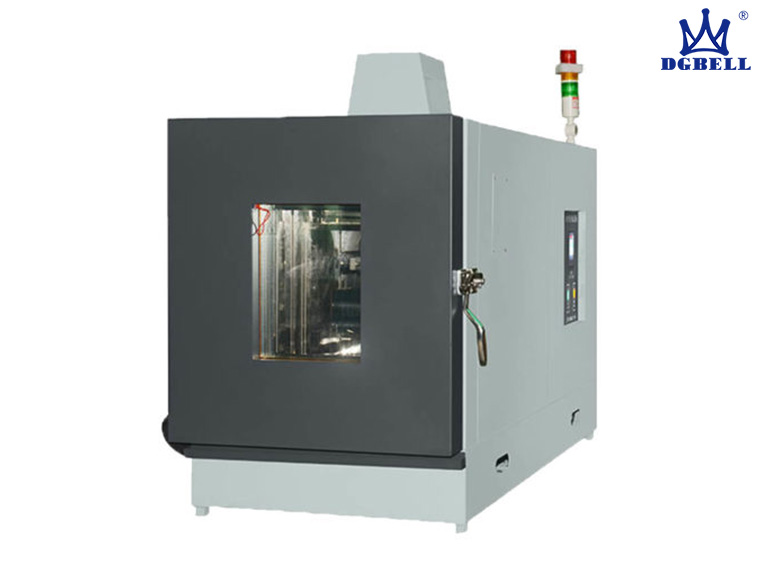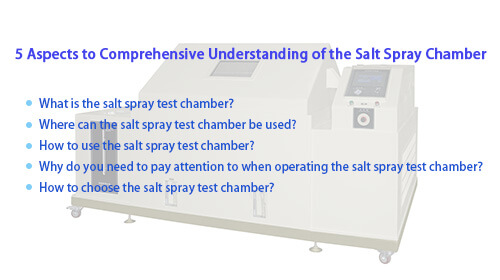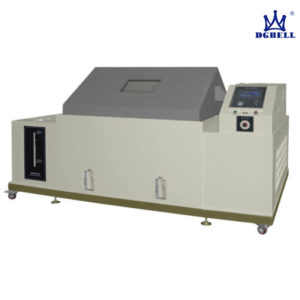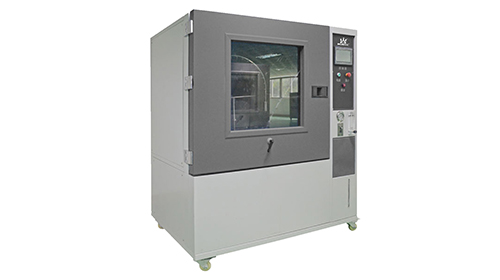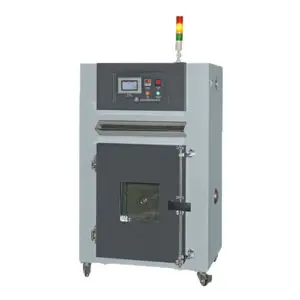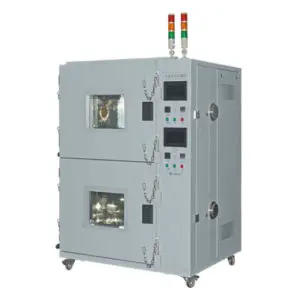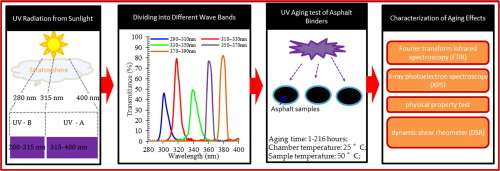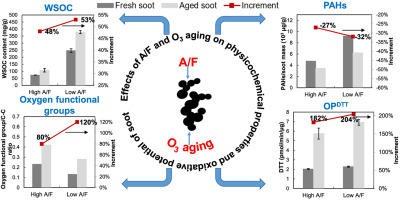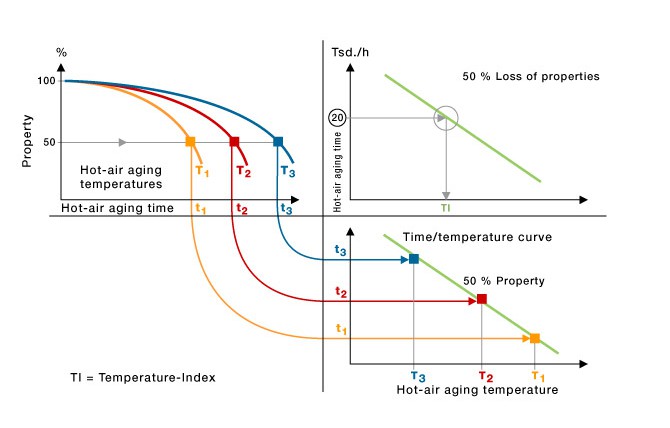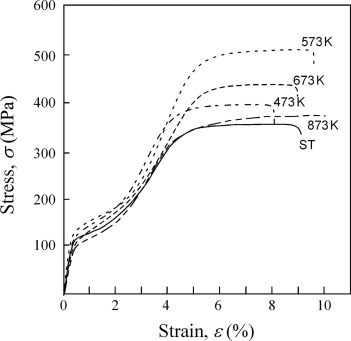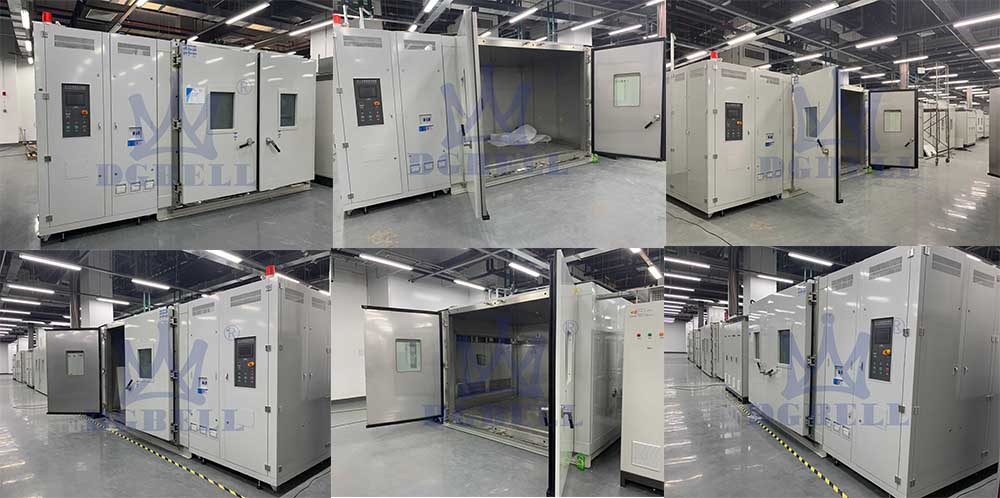5 Steps To Teach You About The Benchtop Environmental Testing Chamber
Have you ever been in a situation where you wonder how most of these products manufactured today can withstand the effects of environmental conditions? This is possible because those products are subjected to a testing process through external factors like temperature and humidity when they were being designed. It is these testing processes, which ensure that every manufactured product is of the highest quality and reliable to use in several environmental conditions.
Here is what you need to know about the benchtop environmental testing chambers:
What’s the benchtop environmental testing chamber?
A benchtop environmental chamber is a testing machine used for testing the effects of environmental conditions on products and materials when subjected to certain climates. The benchtop testing chambers is a cost-effective machine that comes with a wide range of features that boosts its flexibility, uniformity, and accuracy. The machine is popularly used for testing smaller products due to its design structure that makes it comfortable for testing electronics and its components.
The benchtop chamber comes with a different configuration that gives it the ability to adjust through various testing options such as temperature testing and humidity testing. With the unique design of the benchtop environmental test chamber, products can easily be tested, while keeping the machine on simple surfaces.
What is the use of the benchtop environmental testing chamber?
The benchtop environmental testing chamber is very portal in size, able to fit perfectly on top of a personal desk. It’s used in testing different types of products and materials at the temperature range of -20, -40, or -60 °C to +150 °C in some machine models, while choosing among other different testing performance. Most model of the benchtop environmental testing chamber comes with features such as:
- Touch screen colored display
The screen comes with a quality color for displaying sensitive information in the selected language of your choice, based on the user’s customization of the benchtop environmental chamber.
- Transfer data through USB
The transferring of data through USB to the benchtop environmental test chamber makes things fast and easy. You don’t need to worry about a solution on how to transfer a program to the chamber, because all that is required is a USB stick. You can easily export and import test profiles from other chambers, as well as exporting temperature and humidity files to be edited on a computer.
- Remote for monitoring and control the machine
The remote controller gives the user access to controlling the machine and sending commands like starting and stopping an ongoing test process, choosing and navigating through temperature profiles, etc.
What is the main application of the benchtop environmental testing chamber?
For years the main application of the benchtop environmental testing chamber is to test the effect of environmental conditions on industrial products, materials, biological products, electronic devices, and components.
These products and materials are subjected inside an enclosed benchtop environmental chamber before the setting are toggle to mimic different climatic conditions inside the chamber from warmer to cooler climates depending on the types of the testing process required.
How to operate the benchtop environmental testing chamber?
There’s no doubt that environmental testing chambers are quite complex to operate. But, that doesn’t mean, it’s not possible to operate if you’re qualified with the basic technical knowledge. In the benchtop environmental testing chamber, the specimen required to be tested will need to be placed firmly inside the chamber testing plate.
In most cases, depending on the nature of the specimen, if it’s not firm when place on the testing plate inside the chamber, it can be hanged inside with the aid of fixed hangers inside the chamber with a tiny rope. Once the specimen is successfully placed inside the benchtop environmental testing chamber, the desired temperature degree for the testing process will need to be set.
Depending on the testing process the specimen requires, additional steps might be needed. For example, the humidity testing process will require the operator to add water before activating the process.
How to choose the benchtop environmental testing chamber?
Do you own a manufacturing business that requires the use of a benchtop environmental testing chamber? If yes, then you might be worried about how to choose the right benchtop environmental testing chamber for your business. The benchtop environmental testing chamber comes with different features that provide a series of functions for certain testing operations.
It means that when you are choosing a benchtop environmental testing chamber for your business, you should first consider the type of testing your manufactured products and materials needs. Every product or material requires to be subjected to different testing processes in the benchtop environmental chamber. Meaning that the earlier you determined what type of benchtop environmental testing chamber your developed products need, the higher chance you have of choosing the best testing chamber with accurate features.
Here are what you need to evaluate when choosing a benchtop environmental testing chamber:
- Size
Determining the products or materials size of what you intend on testing on the machine will allow you to choose the perfect chamber size.
- Function
Most people don’t keep track of checking the function of the testing chamber they intend to buy, which might end up being disastrous during the testing process. Several environmental chambers are designed for a specific type of testing such as humidity and temperature testing for some products.
- Operation
Know what type of environmental chamber you can be able to operate. Nowadays, there are several types of environmental testing chambers being developed and most of them come with special features, functions, etc. Therefore, it’s important to learn and understand the comprehensive functions of any testing chamber that your manufactured products or materials required before choosing any type of benchtop environmental chamber. Once you can configure and manage the type of benchtop environment test chamber your product needs, then you’re a step away from testing your development!
- Design
Most people don’t consider the design of the testing machine they require, especially when it meets their environmental requirements such as portal size and structure, able to accommodate small and big specimens effectively. However, the chamber design material is one thing you have to keep in mind because it determines how it will withstand higher and lower temperatures when testing specimens.


